What makes a great model stand out from glued together pieces of plastic? Detail. But not just detail of the model. Oh sure, recessed panel lines, a bit of rust and dirt wash, paint that’s neat and clean all add detail to a basic model. But there’s more a modeler can do to bring life and realism to a model.
When I build, I always build to a theme. When I built my 1:48 scale F-102 Delta Dagger, I modeled it after the aircraft stationed at the Air Force bases in Alaska where I spent a couple of years as a kid. My father was stationed with the Nike Missile sites around Fairbanks, protecting these air bases. I can remember seeing the orange triangles of the vertical stabilizers off in the distance as we drove to the PX on occasion. So when I built that model, I painted it in the version of those aircraft. I was lucky enough to find decals for the 317 th FIS, the unit stationed there at that time.
So for me, detail includes the accuracy of the subject. The proper paints, decals, and even configuration. I do as much research as I can to see how this feature of the model is supposed to look, how that part is painted, which gear is actually on the real thing, and what was left off.
I’m not always satisfied with building OTB (Out of The Box). I’ve taken models that were supposed to be painted in SEA camo, and made them natural metal to reflect a different squadron.
And so it is with the Revell 1:72 Gato Submarine model I am about to build. The kit contains the markings and configuration of the USS Drum SS-228 and the USS Albacore SS-218 as they appeared in 1943. Now, I could build one of these two versions with little or no modifications save choosing which decals to apply. Or I could choose another of the more than 70 Gato submarines of World War II. Many have very interesting histories. Quite a few are still on eternal patrol.
But this is where detail comes in. Because if you pick any boat of that era, chances are there is something different about it than what is offered in the kit. Even the Drum and the Albacore were modified after 1943 to different configurations. So the detail is important. Luckily there are aftermarket additions and conversions available to help the serious modeler configure the Gato model to just about any boat of that time, and even some for post war configurations.
But which boat would I model? What would my theme be for this huge study of an important and historical subject?
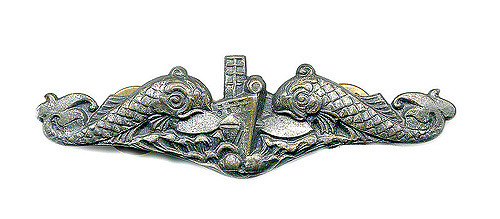
When I was a kid, I read many books about war. Military service was a tradition of my family, and I had visions of service in just about every branch. I dreamed of being an Air Force pilot, a Marine Force Recon Sniper, and even an Army Helicopter pilot. But as for the Navy, nothing appealed to me more than Submarines. I read every book by Edward L. Beach, and many others about the exploits of the submariners of World War II. Which is why when I enlisted in the Navy, I volunteered for Submarine Duty.
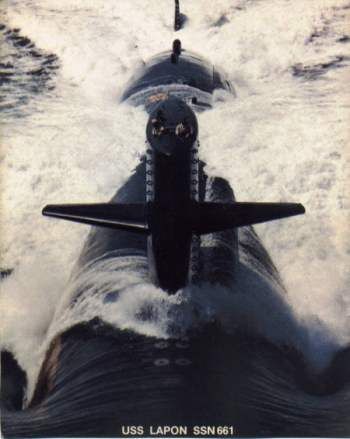
The first boat I served on was the USS Lapon SSN-661. This was my “qual” boat. The boat where I earned my Enlisted Submarine Warfare Insignia, or “Dolphins”. The Lapon was a nuclear-powered Sturgeon class Fast Attack submarine. Like most of the Sturgeon class and the classes before her, she was named for a Submarine of the 40’s. SSN-661 was the second submarine named Lapon. The first, was the SS-260. A Gato Class Fleet Submarine built by Electric boat, commissioned on 23 January, 1943. She entered the Pacific Theater of Operations on 4 May, 1943, and made 8 war patrols before the war ended. She is credited with sinking 11 Japanese vessels for a total of 53,443 tons. Not the best record, but a very respectable one.
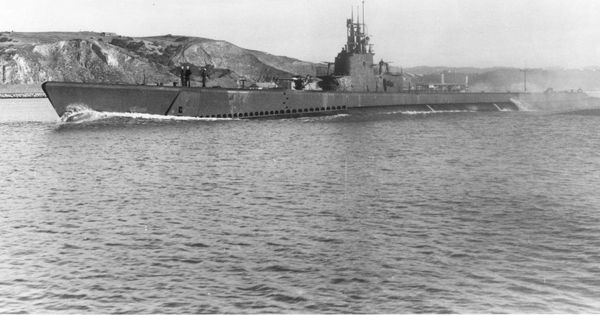
And so, to honor the namesake of my Qual Boat, I will build my Revell 1:72 Gato model as the USS Lapon SS-260. But…from what time frame?
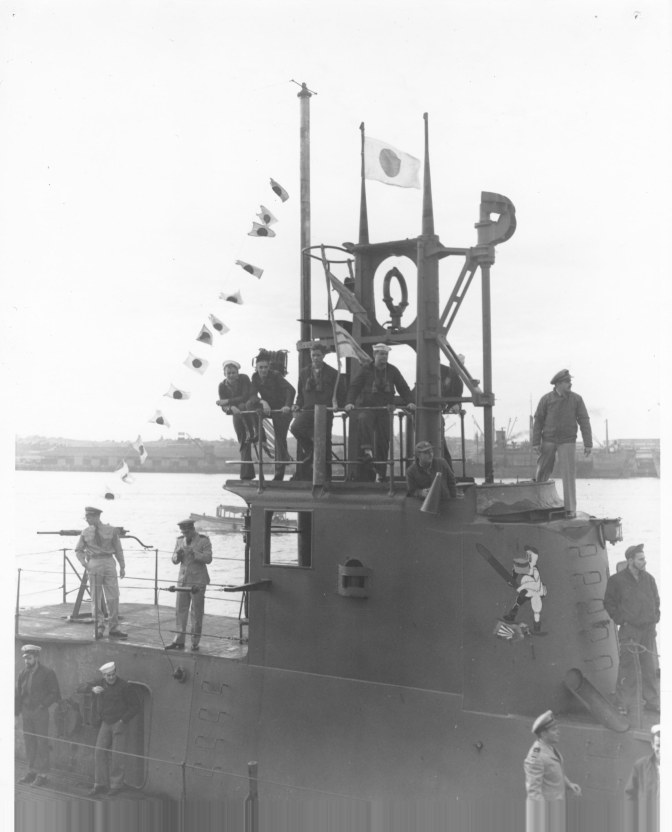
This is where the detail comes in. Like I said before, the boats changed over the course of the war. Armament was modified, bridge and fairwater cut down and re-organized. Even the mast and antennae changed from one war patrol to another depending on what new equipment was available, and what the captain wanted to go to sea with. Lapon was no different. Commissioned, she looked very much like the configuration of the model. But at the end of the war, she had two 40MM Bofors forward and aft of the fairwater, a cut down fairwater into a Covered Wagon configuration, modified masts arrangement, and a 5”/25 gun aft of the fairwater. Luckily, these modifications can be accomplished with aftermarket upgrades.

As I begin the build process on this project, I will make sure that these kit additions are identified, and include links to the resellers and manufacturers. I hope this will inspire others to build their models as tributes to the warriors of the deep.


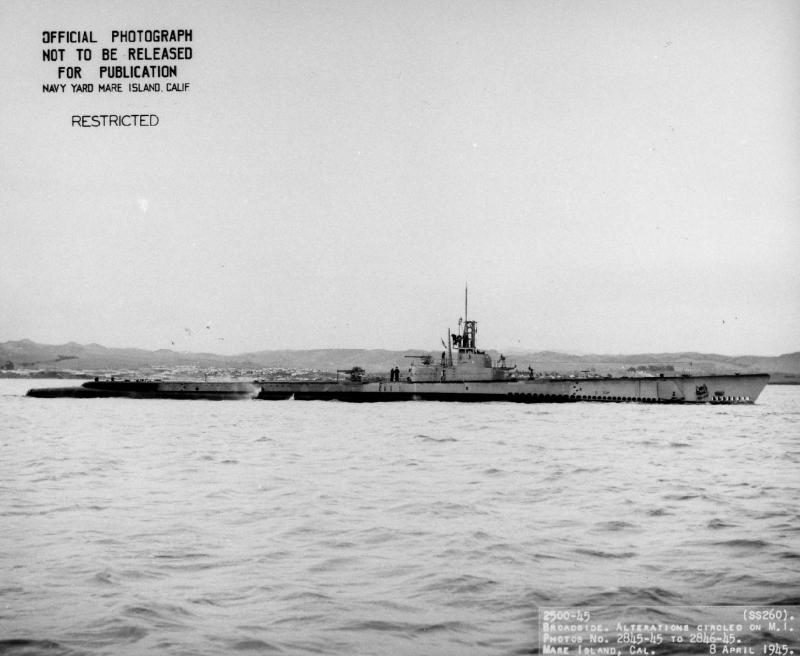
Very cool Bruce. I used to build models with my dad and I know how long each part can take and how much details count. I look forward to seeing yours come to life.
Sounds interesting. Would love to see some pictures as you progress.
My father spent several months on a submarine. He couldn't stand it. I don't know if I could or not. I would imagine people have different experiences.
Bruce,
If you would like to study a particular Gato class submarine up close, with a view to building it, and can take a trip up to Muskegon, Michigan; the USS Silversides SS-236 is docked in the harbor there.
I'm wondering if there are any Newport class LST's sitting anywhere as museums. If you should hear of any, please let me know. There are no longer any LST's in commission with the US Navy. They have been replaced by hovercraft, which means that you no longer have to go in over a beach to land armor and infantry. The one in which I served (USS Cayuga LST 1186) was sold to Brazil back in the late 90's. Don't know if she's still in service for them or not. I think that I might look for one of the Revell models, if they have any available of that class of LST.
Love models, especially model trains, but I am poor model builder